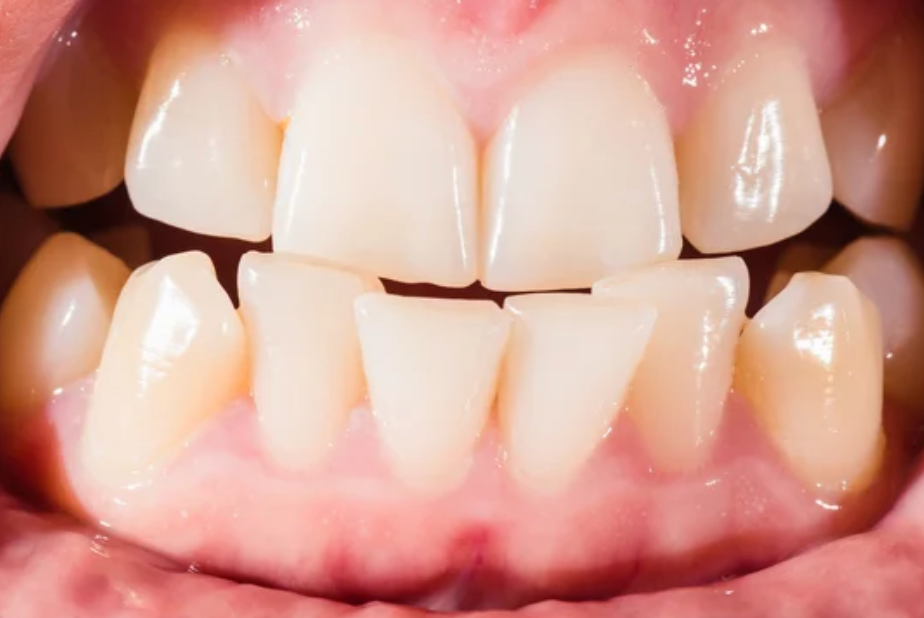

Dental Care for Badly Crooked Teeth: Exploring Orthodontic Solutions is crucial for maintaining good oral health and boosting self-esteem. Crooked teeth can lead to various oral health problems and affect a person’s confidence. This article will delve into the different orthodontic options available to treat badly crooked teeth, highlighting the benefits of each approach. We’ll also explore the importance of early intervention and discuss how to choose the right treatment for your needs. Furthermore, we’ll provide insights into managing potential complications and maintaining long-term dental health. This article will be structured into several sections, examining different treatment options in detail and touching upon considerations for choosing the best solution.
Understanding Crooked Teeth and Their Impact on Oral Health
Defining Malocclusion and its Types
Malocclusion, or misalignment of teeth, comes in various forms, such as overcrowding, gaps, and significant rotations or inclinations. These conditions can impact both oral health and aesthetic appeal. Overcrowding, for example, can lead to improper tooth brushing, increasing the risk of cavities and gum disease. Malocclusion can also negatively influence speech development and chewing efficiency. Understanding the type of misalignment is crucial in determining the most effective treatment plan.
Early Detection and Intervention
Early detection of crooked teeth is critical, especially in children and adolescents. Interceptive orthodontic treatment, when implemented during the developmental stages, can significantly improve long-term outcomes and prevent more extensive procedures later. Many orthodontists recommend regular checkups and consultations, even for children with seemingly straight teeth, to identify any early signs of misalignment and address them proactively.
Traditional Braces: A Proven and Effective Option
The Mechanics and Materials of Traditional Braces
Traditional braces, also known as fixed braces, utilize brackets and wires to exert controlled pressure on teeth, gradually shifting them into the desired position. These braces use a variety of materials, including metal, ceramic, and even self-ligating options. Each material offers unique advantages in terms of aesthetics and cost.
Benefits and Drawbacks
Traditional braces, despite the potential for discomfort, are often considered a reliable solution for correcting severe malocclusion. They offer a high success rate with a substantial track record of effectively treating a wide range of alignment problems. However, they typically require more frequent adjustments and can be noticeable, potentially impacting a person’s self-esteem, especially in individuals concerned about appearance.
Invisalign: A Clear and Discreet Approach
The Advantages of Clear Aligners
Invisalign, a modern alternative to traditional braces, employs a series of clear, removable aligners to gradually reposition teeth. These aligners are comfortable and virtually invisible, making them a popular choice among adults and teens who value aesthetics. The aligners are custom-made for each patient and replaced every few weeks as teeth shift into their proper position.
Treatment Process and Considerations
Invisalign’s success often hinges on patient compliance in wearing the aligners consistently as directed by the orthodontist. While Invisalign offers a more comfortable, nearly invisible treatment option, it isn’t always suitable for all cases. Certain complex issues may benefit more from traditional braces or other specialized treatments.
Other Orthodontic Solutions and Considerations
Alternative Treatments and Specialized Needs
Several alternative orthodontic solutions exist for specific cases, including functional appliances, headgear, and palatal expanders. These specialized appliances are often employed in conjunction with traditional braces or aligners to address specific issues or contribute to broader, more comprehensive treatment plans.
The Importance of Expert Consultation
Before deciding on any orthodontic treatment, consulting with an experienced orthodontist is essential. Orthodontists assess a patient’s unique oral structure, evaluate the severity of the misalignment, and tailor a treatment plan for the specific needs of each patient.
Managing Potential Complications and Maintaining Long-Term Oral Health
Potential Side Effects and Long-Term Care
While orthodontic treatment generally produces positive outcomes, some minor discomfort or temporary side effects are possible. These side effects usually subside as teeth adjust to the applied pressure. Proper oral hygiene and post-treatment care are crucial for maintaining the results achieved through orthodontic intervention.
Post-Treatment Maintenance and Follow-up
Maintaining optimal oral health after treatment is paramount. Post-treatment follow-up appointments are critical for monitoring the teeth’s stability and addressing any potential issues that arise after orthodontic appliances are removed. Proper brushing, flossing, and regular dental checkups are also crucial in the long-term maintenance of oral health.
Frequently Asked Questions
What are the main differences between Invisalign and traditional braces?
Invisalign uses clear, removable aligners to gradually reposition teeth, whereas traditional braces utilize fixed brackets and wires. Invisalign offers a more comfortable and virtually invisible aesthetic, but its success hinges on consistent use. Traditional braces offer a proven, often more effective solution for severe misalignments, but may be less comfortable and noticeable. It ultimately comes down to individual preferences and the specific requirements of each case.
How long does orthodontic treatment typically take?
The duration of orthodontic treatment varies significantly depending on the severity of the misalignment, the chosen treatment approach, and patient compliance. Mild cases might take several months, while more complex issues may necessitate a year or more of treatment. A consultation with an orthodontist can provide a more precise estimate for each individual case.
In conclusion, addressing badly crooked teeth with orthodontic solutions is a significant investment in oral health and self-confidence. The right approach depends on the severity of the misalignment, age, and individual needs. Seeking expert advice from an orthodontist is crucial for determining the most suitable treatment plan and achieving optimal results. To begin your journey towards a straighter smile and healthier teeth, schedule a consultation with an orthodontist today.